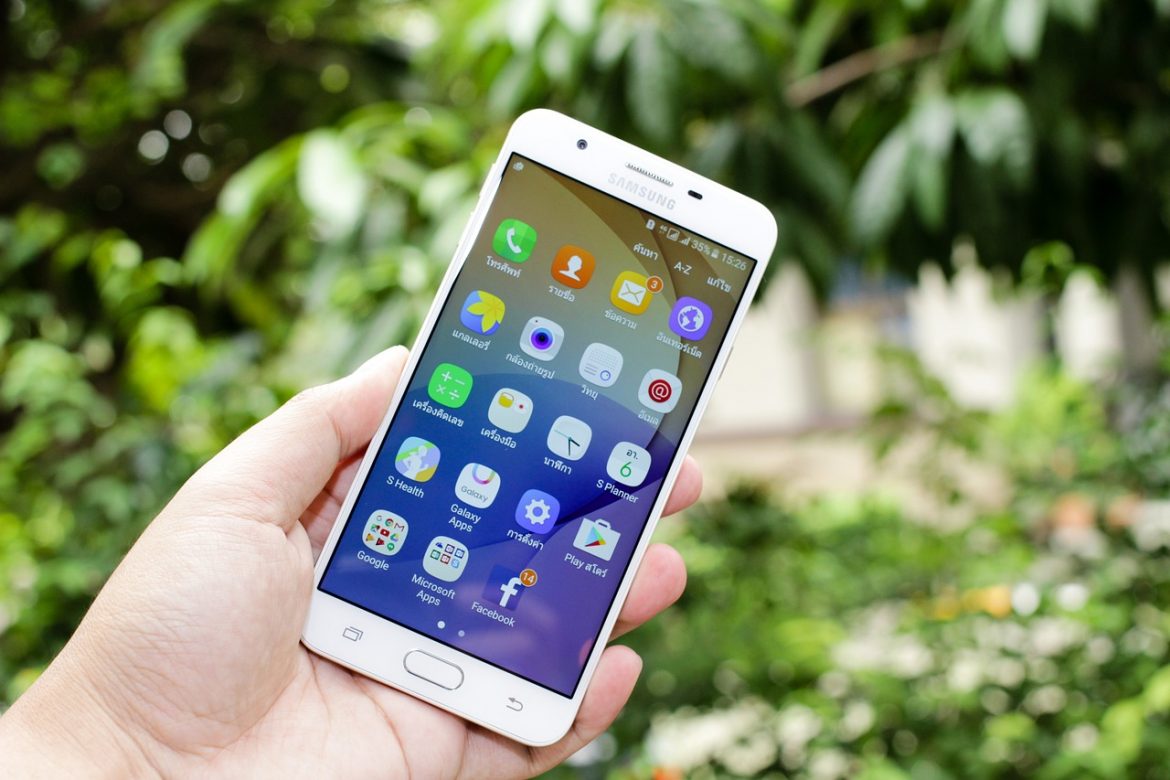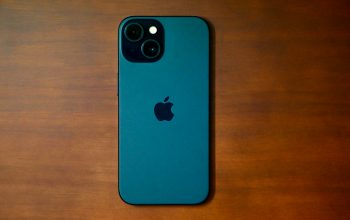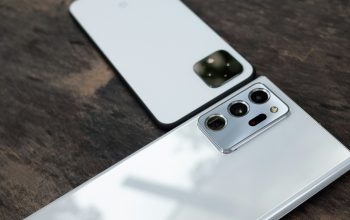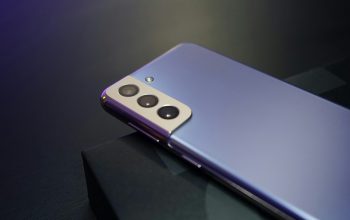The anticipated OnePlus 12 is packing some serious specs, making it a device worthy of admiration. Sporting a sizable 6.82-inch OLED screen boasting a 2K resolution, a buttery smooth 120Hz refresh rate, and an eye-popping peak brightness of 4,500 nits, it’s set to be powered by Qualcomm’s Snapdragon 8 Gen 3—positioning it as a performance powerhouse for the upcoming year. Coupled with up to 24GB of LPDDR5X RAM, a maximum of 1TB UFS 4.0 storage, a robust 5400mAh battery, and an impressive 50MP primary camera, the OnePlus 12 seems poised to give Samsung some competition.
Among its standout features is its ability to register touch inputs even when the screen is wet—a handy feature for rainy conditions. Additionally, its inclusion of an IR blaster enables users to wield the OnePlus 12 as a remote control for their televisions. However, there’s a notable area where the OnePlus 12 won’t match up to the Samsung Galaxy S24 Ultra: water resistance.
The history of OnePlus and water protection dates back to the OnePlus One, where the company prioritized affordability over IP certification for water protection. This approach continued through the OnePlus 7 in 2019, showcased in an ad demonstrating the phone submerged in water, emphasizing its resilience without IP certification. Gradually, OnePlus shifted towards IP ratings, with the OnePlus 12 boasting an IP65 rating—an advancement from the previous model’s IP64 rating.
The IP65 rating of the OnePlus 12 signifies its robust dust protection (indicated by the “6” rating) and its capability to endure low-pressure water jets from all directions. In contrast, the Samsung Galaxy S24 Ultra is anticipated to carry an IP68 rating, ensuring complete dust resistance and the ability to withstand submersion in up to 1.5 meters of fresh water for half an hour—a notably higher level of water resistance compared to the OnePlus 12.



